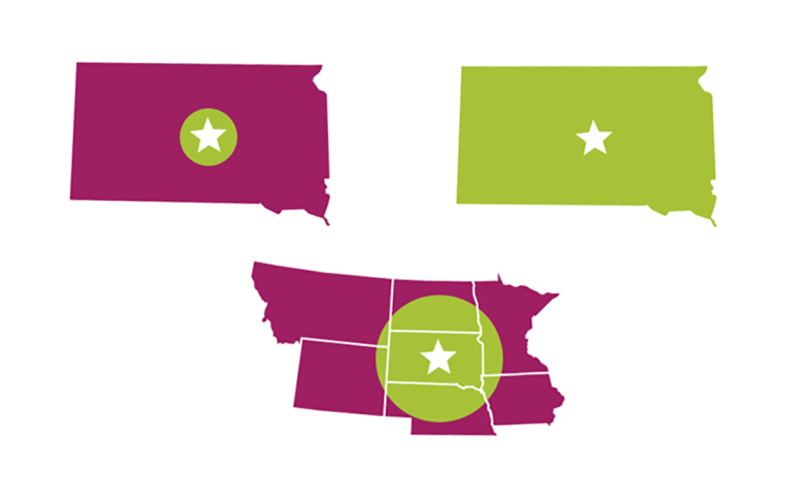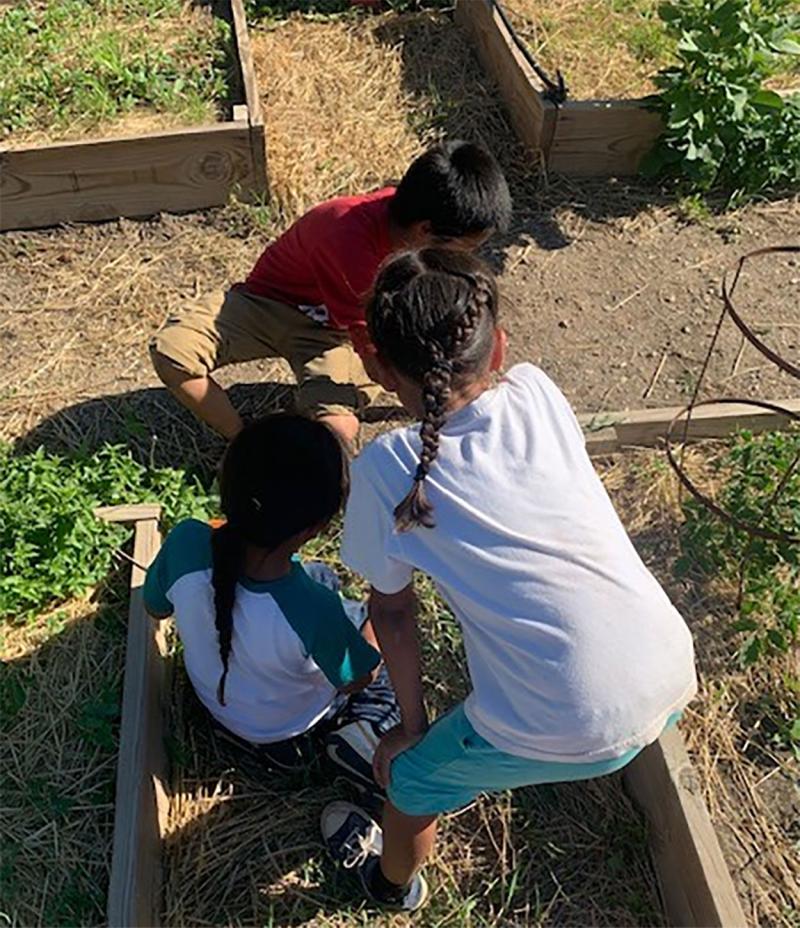
Originally written by Anna Tvedt, former SDSU Extension Nutrition Field Specialist.
As defined by the National Farm to School Network, farm-to-school enriches the connection communities have with fresh, healthy food and local food producers by changing food purchasing and education practices at schools and early care and education settings.1 Though the term “farm-to-school” is most used, the same concepts can be applied to early care and education settings, after school programs and other settings where youth up to 12th grade have an opportunity to experience local foods.
Farm-to-school does not have one specific formula, but always includes one or more of the three core elements: 1) local food procurement, 2) school/youth gardens and 3) education. The most robust farm-to-school programs incorporate all three of the core elements.
"Farm-to-school enriches the connection communities have with fresh, healthy food and local food producers by changing food purchasing and education practices at schools and early care and education settings."
Local Food Procurement

Farm-to-school occurs through local food procurement when a school or another youth setting purchases local food items to be served in the cafeteria, in the classroom, or as a snack or sample to students. This can happen on a regular basis or for special events. It’s important to remember that local foods span the tray, meaning any food group can be local – fruit, vegetable, protein, dairy or grain. Even just including one local food a month is a farm-to-school success.
There is no set definition of “local” for farm-to-school programming. Rather, each community gets to define local as they see best. Some examples include: within a 25-mile radius, within the county, within the state or within a 250-mile radius. The maps in this article section show different examples for defining “local” from Pierre, South Dakota.
School/Youth Gardens

Farm-to-school occurs when students are involved in hands-on learning in a garden setting. This could be done through a garden housed on school property, in partnership with a community garden or in collaboration with a nearby farm. Any gardening method can be used for farm-to-school, including indoor growing methods, like aquaponics or hydroponics. Raised beds are a popular outdoor growing method as well as high tunnels and green houses.
Education
Farm-to-school occurs through education when lesson plans provide learning opportunities pertaining to agriculture and/or food production, healthy eating and nutrition. Farm-to-school education can be incorporated into any school subject, such as science, health/wellness, math or language arts, by using local foods in examples, problems or activities. Educational efforts can include a variety of learning opportunities, hands-on experiences and more. Field trips to local farms or inviting local farmers into the classroom would also be considered farm-to-school education.
Farm-to-school programs are versatile to what works best for the school or early care and education setting, making the programs as unique as the many schools and children participating in farm-to-school.
References
- National Farm to School Network. Accessed December 22, 2021.
- Farm to School Census. U.S. Department of Agriculture. Accessed December 23, 2021.


